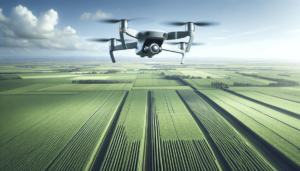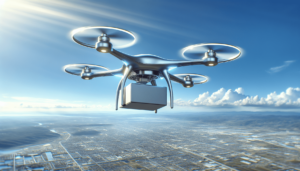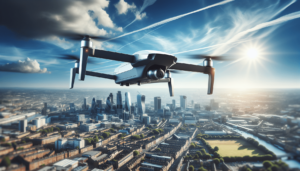Have you ever considered how technology could transform life-saving operations? It’s a fascinating intersection of innovation and necessity, and nowhere is this more evident than in the world of search and rescue. Drones, those small yet mighty flying machines, have swooped into this field, providing unparalleled advantages in wilderness areas, disaster-stricken regions, and situations fraught with danger. Here’s how they are rewriting the rulebook on search and rescue operations across the globe.
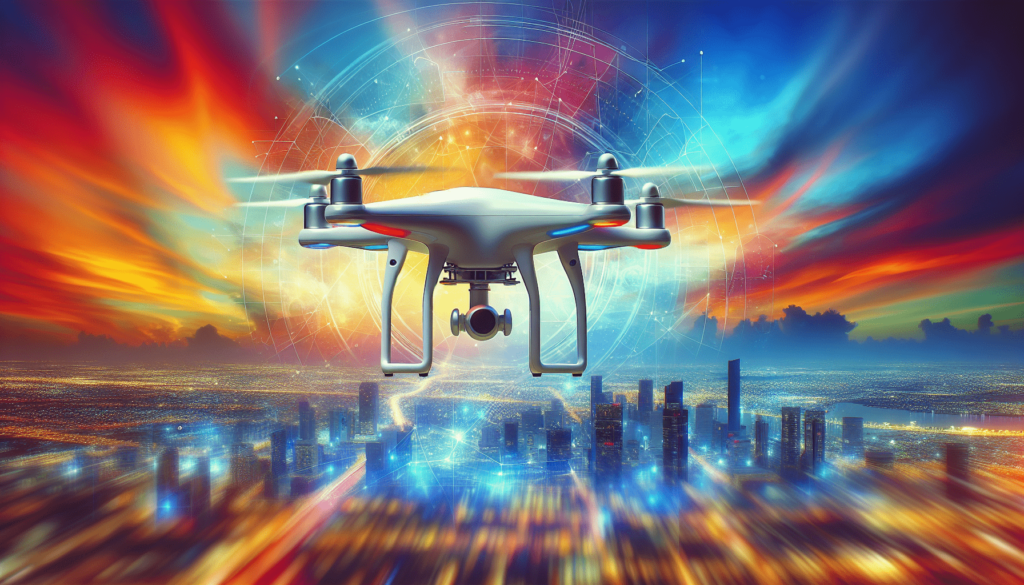
The Bird’s Eye Advantage
Drones offer the invaluable ability to quickly survey large areas from above, providing a perspective that ground teams simply cannot match. This aerial viewpoint allows rescuers to identify hazards, locate victims, and strategize rescue plans with an efficiency that was previously impossible. With drones, the sky is no longer the limit but a vantage point for effective operation.
Cutting through Red Tape
Traditional search and rescue missions often require extensive coordination and clearance, especially in areas with rugged terrain or limited accessibility. Drones can fly over these areas with minimal setup, granting rapid access to areas that were once difficult or time-consuming to reach. This change means reducing response times and, in many cases, saving lives that might otherwise be lost.
Thermal Imaging: Seeing the Unseen
Perhaps one of the most impressive features of drones is their ability to be equipped with thermal imaging cameras. This technology allows them to detect heat signatures from individuals who are lost or in distress, even in complete darkness or dense foliage. It’s akin to giving rescuers night vision goggles in the sky, exponentially increasing their ability to find people in dire situations.
Wildfire Scenarios
In the case of wildfires, where visibility is severely compromised, drones serve as an indispensable tool. They can fly directly into the smoke and fire to monitor the spread and pinpoint areas where people or animals might be trapped. This capability ensures that firefighting efforts are more precisely targeted, often preventing situations from worsening.
The Communication Lifeline
Drones have also become crucial in establishing communication lines during search and rescue operations. They can be used to create ad-hoc networks in areas where traditional communication infrastructures have been compromised or are nonexistent. This capability ensures that rescue teams remain connected with the outside world, providing updates, receiving new instructions, and coordinating efforts more effectively.
Beyond Verbal Communication
In addition to facilitating verbal communication, drones can also deliver essential supplies such as food, water, or medical kits to victims who are out of reach. This functionality can be critical in life-and-death situations where victims may be waiting for ground teams to arrive.
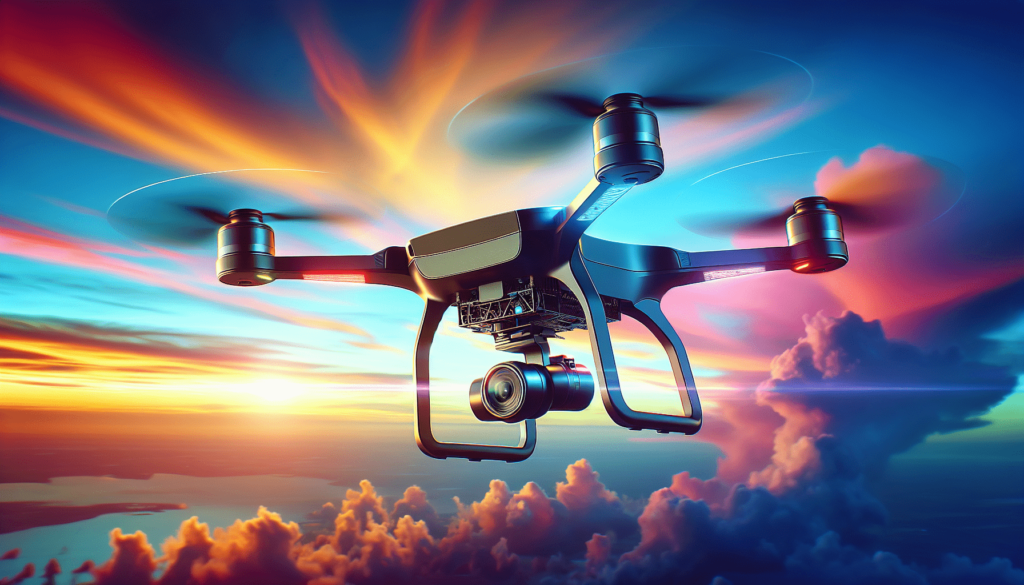
Swift Deployment in Adverse Conditions
Drones can be deployed quickly and operate in harsh weather conditions where traditional helicopters or airplanes might be grounded. This feature is particularly beneficial in mountainous regions or during inclement weather, where a quick response is critical.
A Table of Advantages
| Conventional Rescue Methods | Drone-Assisted Rescue Methods |
|---|---|
| Longer deployment times | Rapid deployment |
| Weather-dependent | All-weather capability |
| Crew requirements | Minimal manpower needed |
The above comparison underlines the operational flexibility and agility that drones bring to the table, enabling them to adapt swiftly to varying circumstances.
Data Collection and Analysis
With high-resolution cameras and sensors, drones are capable of collecting vast amounts of data on-the-go. This data is then analyzed to assess the situation accurately, aiding in making informed decisions swiftly. Not only does this enhance the efficiency of the rescue operations but also helps in post-mission evaluations.
Precision Mapping
In disaster-impacted areas, drones can create detailed maps that outline affected zones more accurately than traditional methods. This precision mapping aids in deploying resources effectively and ensures that all critical areas are attended to.
Cost-Effectiveness: A Critical Advantage
Conducting search and rescue missions is an expensive endeavor. With drones, many of the cost barriers, such as fuel and personnel, are significantly reduced. Drones offer a more economical solution without sacrificing the quality or effectiveness of the mission.
Budgetary Relief for Agencies
For many search and rescue agencies, budget constraints often dictate the scope of their operations. Drones provide a financially viable option, enabling more frequent and widespread missions than would otherwise be possible.
Bridging the Gap: Rural and Urban Rescue Operations
Drones are not limited to remote wilderness or disaster sites; they are equally effective in urban environments. From assisting in city-wide searches for missing persons to navigating the narrow corridors of ruined buildings after an earthquake, they provide versatility in both urban and rural settings.
An Array of Applications
- Urban Searches: Locating individuals amidst high-rise buildings
- Rural Missions: Traversing vast open terrains
- Marine Rescues: Scouring large expanses of water searching for distressed vessels
This versatility exemplifies their adaptability and underscores the diverse roles they can perform.
Training and Accessibility
Perhaps one of the uncelebrated advantages of drones is the ease with which they can be deployed by trained personnel. Unlike traditional rescue aircraft, drones require minimal training for operation, making them a universally accessible tool for various agencies.
Breaking Down Barriers
Training programs for drone operation are becoming more prevalent, ensuring that more agencies have the ability to incorporate this technology quickly into their protocols. This accessibility breaks down barriers to entry, enabling even the most resource-strapped organizations to benefit from what drones offer.
Privacy and Ethical Considerations
While the benefits are numerous, the deployment of drones in search and rescue operations must also consider privacy issues, as they often fly over private properties and capture images. Ensuring that these operations are conducted ethically and with respect to privacy laws is crucial.
Establishing Clear Guidelines
Instituting regulations and clear guidelines on the use of drones can alleviate public concerns about privacy, ensuring that they are used responsibly and for the express purpose of search and rescue missions.
Collaborations and Future Developments
The future of drones in search and rescue hinges on collaborations between technology developers and rescue agencies. Advancing drone capabilities—like enhancing drone battery life and integrating artificial intelligence for autonomous searching—holds promise for even greater efficiency in future operations.
Forging Partnerships
Partnerships with tech companies are already paving the way for next-generation drones capable of performing complex rescue missions autonomously. These advancements will continue to push the boundaries of what is possible, leading to more successful operations and a safer world.
In a world where seconds can mean the difference between life and death, the role that drones play in search and rescue operations is both revolutionary and indispensable. They have irrevocably changed the way we approach these life-saving missions, providing tools that blend technological sophistication with operational ease. As their capabilities continue to grow, the impact of drones on search and rescue will surely be felt even more intensely across the globe.
